Time for the Main Event: working and hauling most of our cow/calf pairs to the ranch where they would spend the winter. The job would be grueling and stressful for both humans and bovines. We would minimize stress to the animals as much as possible. But it had to be done.
We would also deal with an unexpected near-catastrophe near the end of an already long day—a story for a future blog post.
Here’s the definition of “working” cattle from my book:
Working Cattle 101 - Working cattle is a catch-all term in Farmerese that includes one or more of the following hands-on procedures performed on cattle: vaccinating or administering other medications; castrating bulls, either surgically or by placing rubber bands around their testicles; dehorning; preg-checking; ear tagging; spraying with fly repellent; branding; and applying Pour-On, a de-worming and de-licing solution poured on the animal, hence its name.
We did all of the above except dehorning, preg-checking and spraying with fly repellent as none of these procedures was necessary, and we used the rubber band procedure to castrate the bull calves. My duties as ranch hand included:
- Open and shut gates to pastures;
- Hold the trailer rear gate open when we loaded cattle;
- Prod cows along the alleyway to queue up behind the working chute;
- Insert a piece of steel pipe across the alleyway behind the cow “on deck” to keep her from backing away from the chute;
- Hand hypodermic needles, banders, and ear-taggers to Bill. Most of the cows and calves were already tagged, but Bill tweaked his numbering system this year which required changing a few;
- “Gofer” to the barn or house for anything we needed but didn’t have;
- Heat up a quick lunch for Bill to eat on the road as he hauled a trailer-load to the ranch
When working cattle, we try to minimize the stress for both humans and bovines as much as possible. We encourage the cows and calves through the process with herding sticks applied gently, then escalate to firmly and, finally, a slap or foot-plant in the rump roast only when necessary. Likewise, we speak in normal tones and slightly increase the decibels only when the animal gets stubborn. We avoid running or making quick movements, any action with the potential to startle the already-nervous animals. Even though our cows are fairly tame—those that aren't don't last long here—the working process is unsettling for them, creating the potential for injuring themselves or us.
Bill prefers not to use outside help. The cows know him and respond better if strangers aren’t involved. Many cattlemen prefer to hire a veterinarian for the medical tasks and recruit extra help to complete this project as quickly as possible. Bill can administer injections and band bulls so doesn’t need to hire a vet. The main disadvantage to his method is with only two of us to work over 60 cow/calf pairs, the process takes several days—long, exhausting days!
Now that you know what’s involved, here’s how the week went.
In addition to our own pastures, we rent five others within a two-mile radius of our property. Every morning for a week or so prior to our working day, Bill fed a small square bale of hay and a bucket of grain to the cows in the catch pen area in each pasture so they became accustomed to entering the pen. On the morning they were to be worked, he shut the gate behind them. He came home, traded the mini-truck for the farm truck and stock trailer, I jumped in the cab and we went back to the pasture. I opened and closed gates and directed his back-up maneuvers to the catch pen gate. The rear gate on the trailer is a swing gate and I held it open while Bill herded cows and calves into the trailer. Some degree of persuasion was necessary to convince them to board the bus. Maybe they don’t like to travel so soon after breakfast! When enough animals entered to fill the front compartment, Bill shut the interior gate, usually pushing against cows trying to back up. Then he filled the rear compartment, using the swing gate to butt-shove indecisive stragglers.
Once boarding was complete, we went home to unload so we could return and reload. How many times we return depends on how many cows and calves we can convince to take a ride on each trip. At this point, we just randomly load; it’s not necessary to match family pairs since we’re taking them home to be worked. But later, for the trip to the ranch, family pairs will be hauled together.
Once we finished hauling home the day’s quota, usually fourteen pairs, Bill divided the cows and calves into separate pens which created separation anxiety between mamas and children!
We gathered up all the supplies, filled syringes and assembled everything on the working table, a repurposed leaky stock tank turned upside down.
Once the lead cow advanced to the squeeze chute, it was my job to ram a steel pipe through the alleyway behind her to keep her from shifting into reverse. I had to be quick and accurate with the steel pipe barricade. If the cow suddenly backed up and hit the end of the pipe before I secured it in place, the end I was holding could be wrenched out of my hand and smack me.
When the cow entered the chute, Bill closed the head gate around her neck—gently—and shut the rear chute panels. She received two injections, Pour-On was applied, long tail hair trimmed and, if necessary, her tag replaced to correspond to the new numbering system. As Chief Medical Assistant, I handed Bill each syringe or instrument. When treatment was complete, the cow was released into a post-treatment holding pen.
Then we advanced the next patient into the chute. Once we got these initial four cows worked, Bill herded four more into the staging pen and the process repeated until all the cows were worked.
Then we stared on the calves.
By opening a gate, the staging pen can be enlarged to hold all 14 or so calves. Bill herded two calves along the alleyway and into the squeeze chute. Instead of using both the head and rear gates, we only closed the head gate to keep the calves from going through. Bill stood behind the calves just inside the open rear gate to work them. This is when poop happens!
The calves all received three injections and Pour-On. If renumbering was necessary, the old tag was removed and a new one inserted. Once treatment was complete, I opened the head gate and the two calves exited into a post-treatment pen. Bill herded two more calves into the chute and the process repeated.
Once all the cows and calves were worked, Bill was ready to re-sort, load and haul. Rather than random loading, this time family pairs were matched together. If for some reason Bill couldn’t make the second trip to the ranch the same day as the first one, at least family pairs would be together.
The stock trailer holds seven pairs. Bill separated seven cows into one holding pen and their calves into another one. Likewise, the other seven cows and calves were sorted into two pens. Calves were loaded first. Bill herded them along an alleyway and into the front compartment of the trailer. Transporting cows and calves in separate compartments prevents calves from getting stepped on and hurt by cows if the load shifts.
While Bill herded the calves to the trailer, he let the cows watch their babies disappear from the closed gate into the alleyway. Once the calves were secured in the front compartment and he turned the cows loose, they couldn’t get in that trailer fast enough! No indecision or hesitation!
The trip to the ranch takes about 45 minutes. Unloading was much simpler: Bill drove into a pasture, opened the trailer gate and everyone rushed out. Then he returned home for the second load. He didn't finish this trip until after dark. While he was gone, Cricket and I took our evening walk and checked the cows and calves in our own pastures to see if there were any concerns. On one walk during that week, we discovered the near-catastrophe I mentioned earlier. Details later.
When Bill returned home—after dark—we fed the bottle calves. Bill did a quick hose-down of the stock trailer and staggered into the house around 8:00. His day started around 6:30 that morning.
That was just the first day. We got up to repeat this whole process the next day. However, due to strong winds gusting up to about 60 miles per hour, we just worked cattle; Bill didn’t haul them until the next morning. By then, we both needed a break so we didn’t work any cattle that day. Bill made adjustments to a catch pen in a rented pasture we would haul from the next day. I went to town for provisions.
Friday morning, we started in again on the cow/calf pairs from the last rented pasture. On Saturday, the last day, we worked cows and calves from our own pastures—no hauling from other pastures, a big time-savings. After five long days, this year’s cattle working project was almost complete. Three projects remaining would be done the next week: Eleven replacement heifers spending the winter here were worked. Our two bulls, loaned out to a couple of neighbors to breed their cows, were brought home for a few days, then hauled to the ranch. Finally, one more load of cows that calved late were worked and hauled.
On Sunday, my schedule returned to normal, and by “normal” I mean doing laundry—six extra-large loads. Three of these were dirty, manure-y farm clothes, some of which required a pre-wash hose-off outside! You may not be able to see all the jeans in the pictures, but there were ten pair!

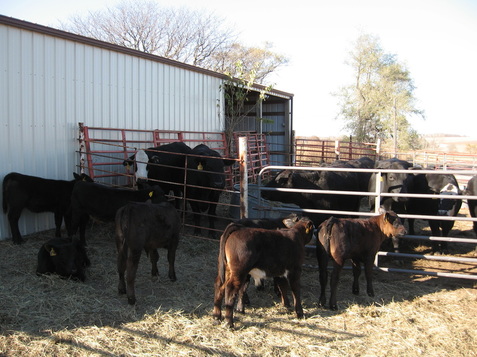
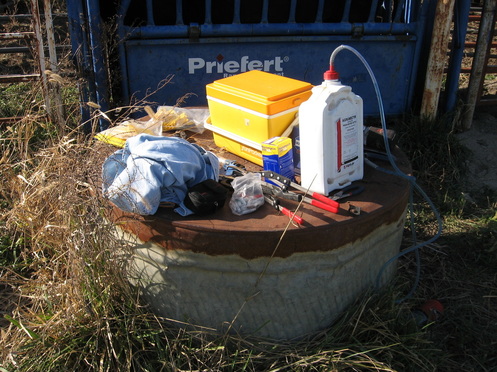
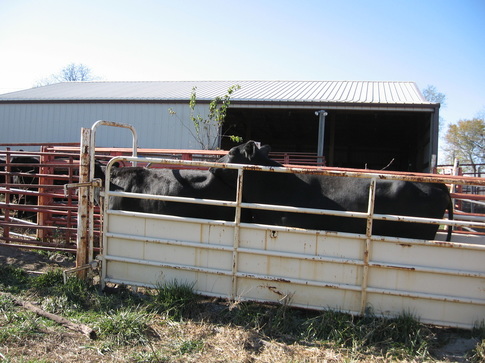
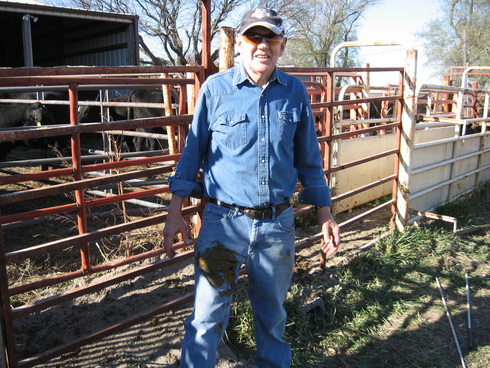
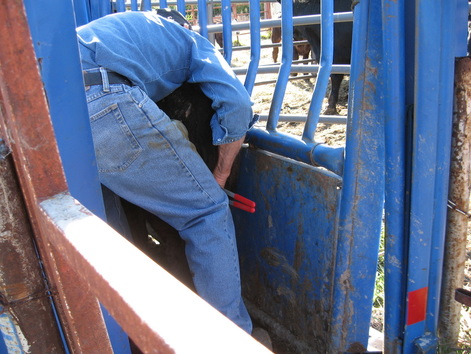
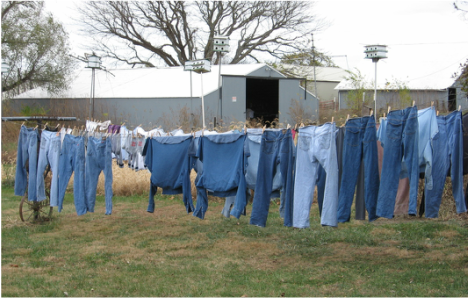
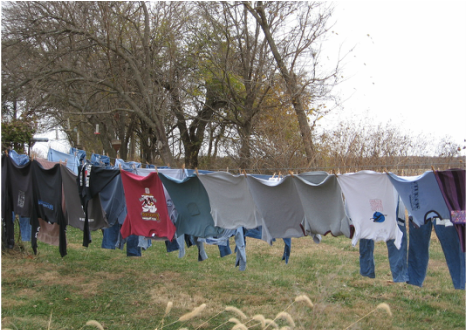
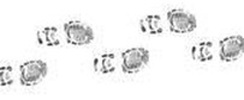
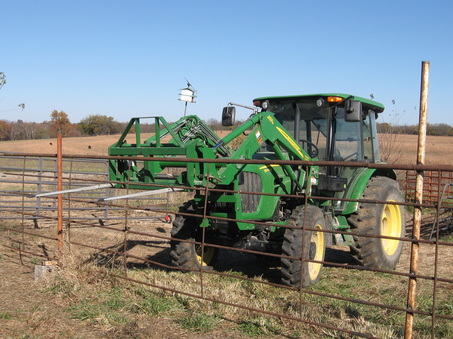
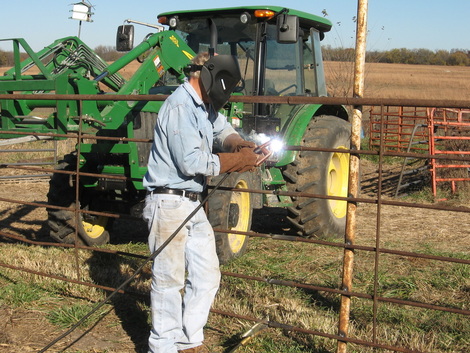
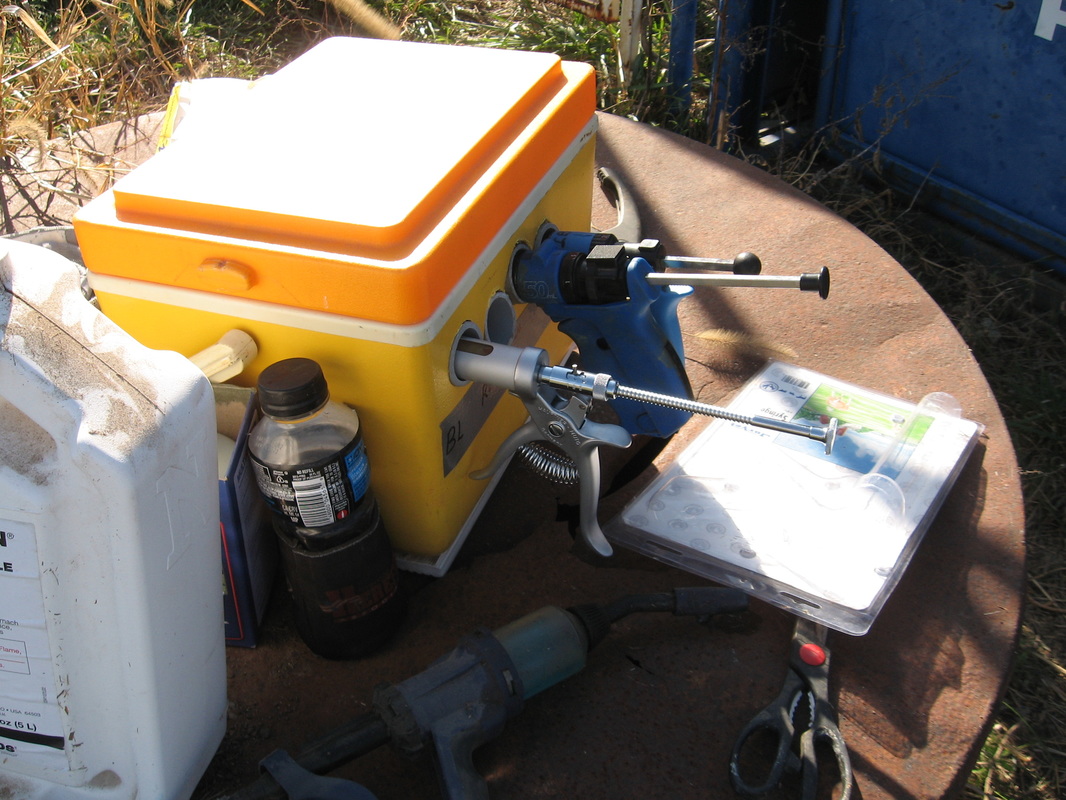
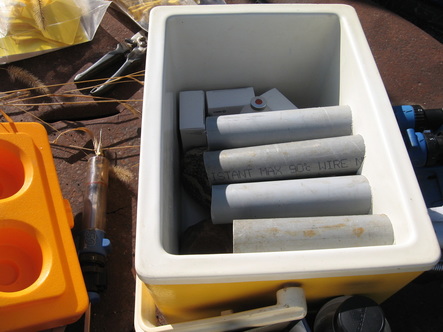
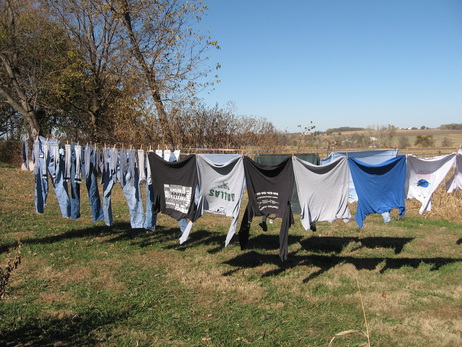
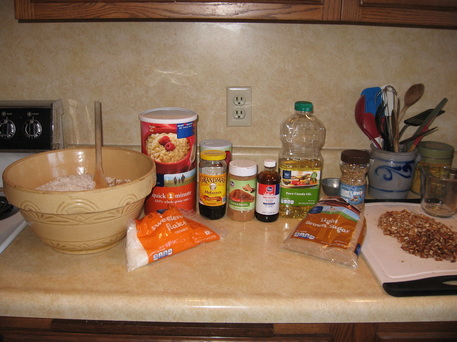
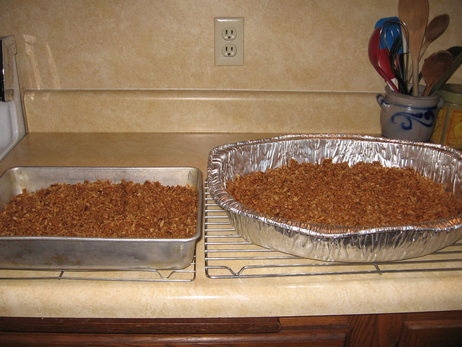

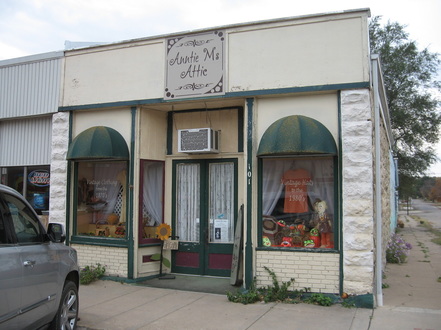
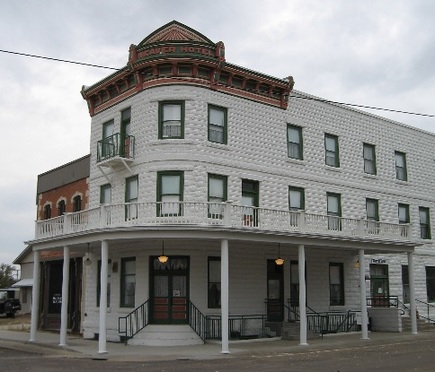
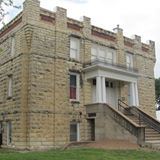
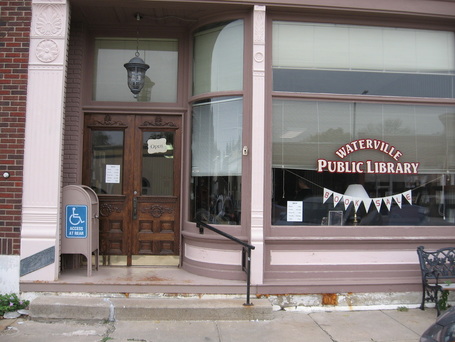
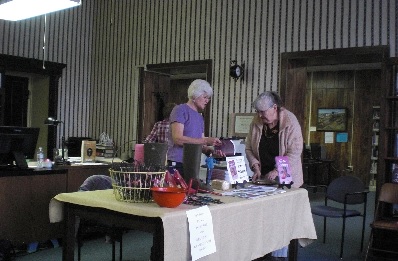
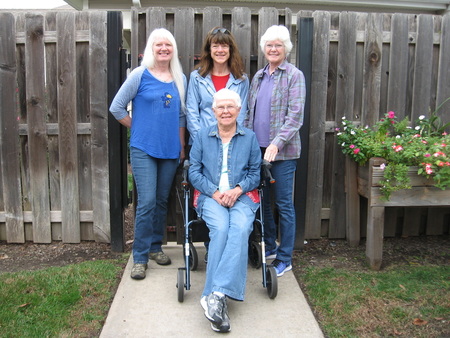

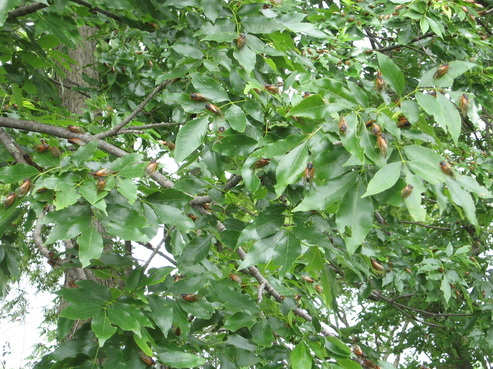
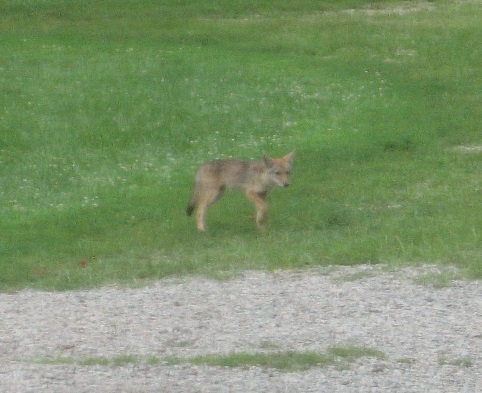
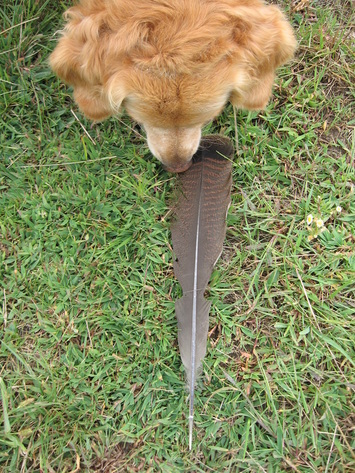
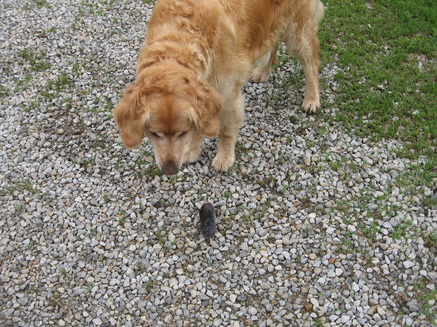
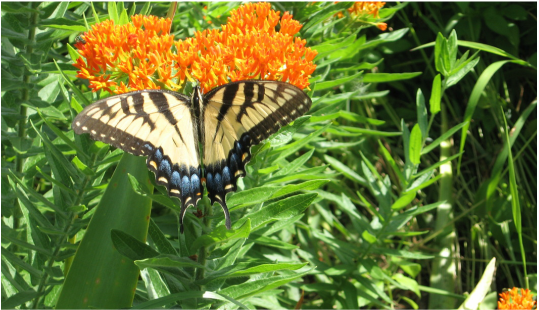
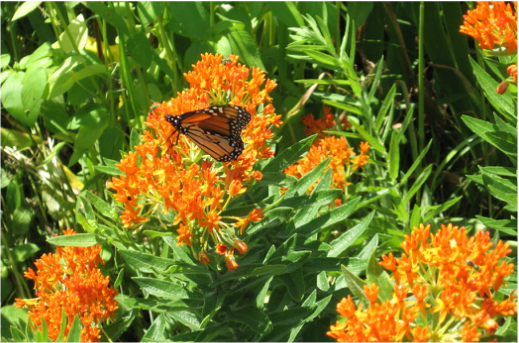
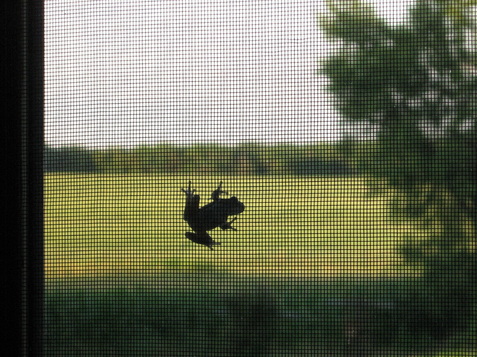
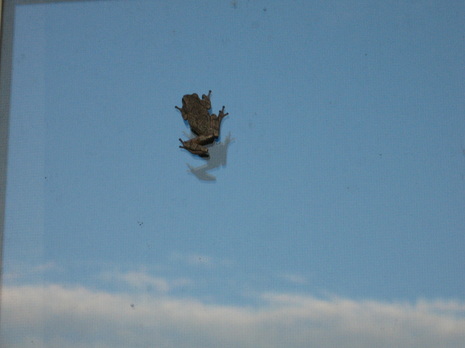
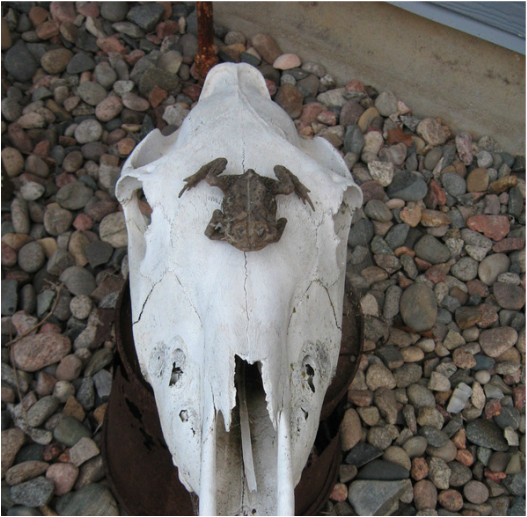
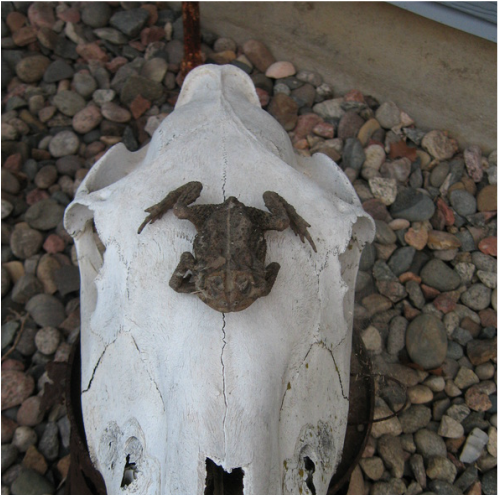
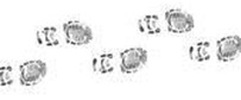
 RSS Feed
RSS Feed